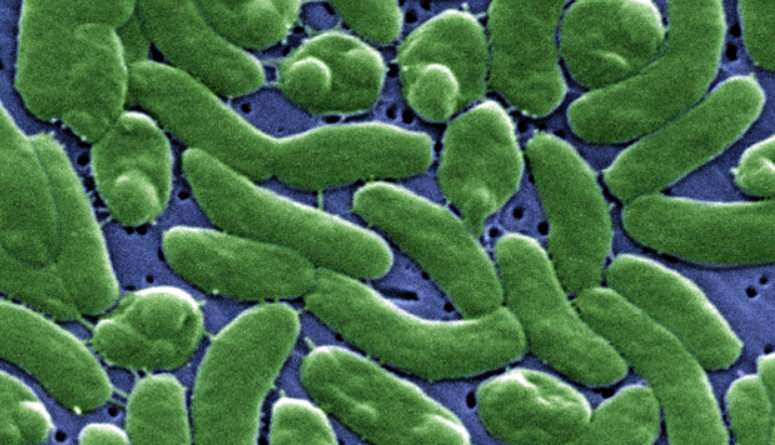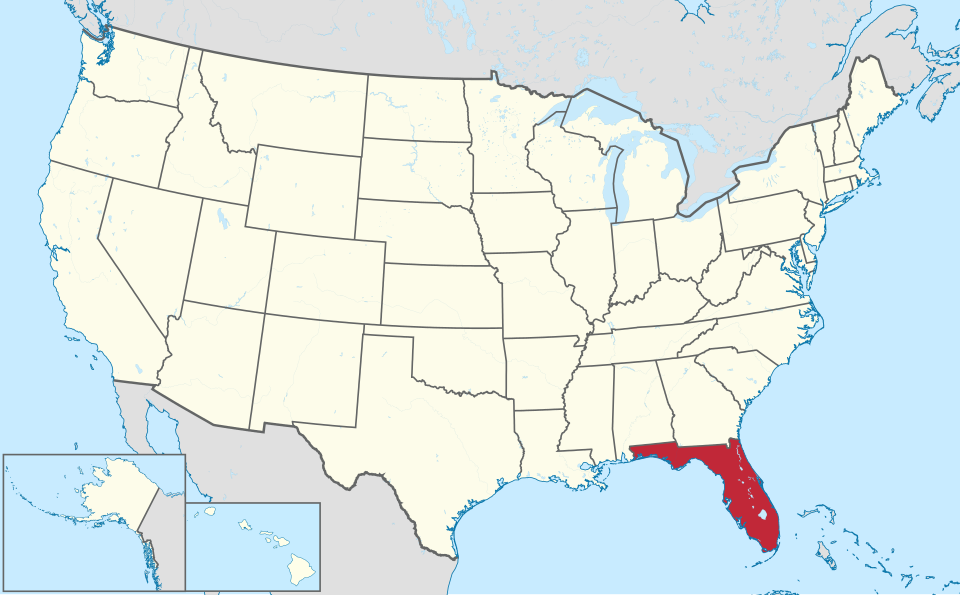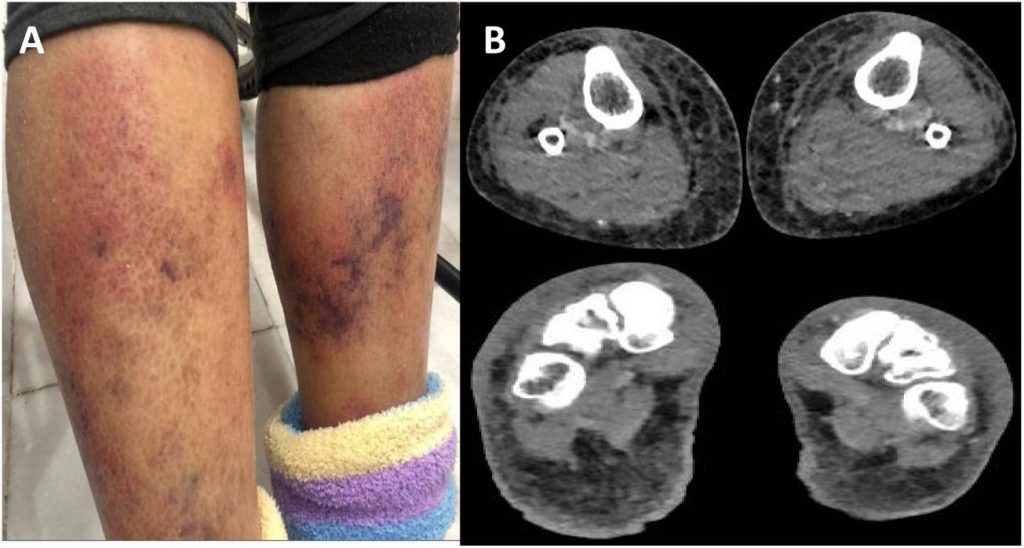4 Dead in Florida as Health Officials Warn of Flesh-Eating Bacteria

© Elsevier
How can you protect yourself from flesh-eating bacteria in Florida’s coastal waters?
In Florida, a rare but deadly bacteria is making headlines, causing serious infections and even deaths.
Known as Vibrio vulnificus, this so-called “flesh-eating” bacteria thrives in warm, brackish waters and has become a growing concern, especially after recent hurricanes.
Here’s what you need to know about this dangerous bacteria and how to stay safe.
What Is Vibrio Vulnificus?

Vibrio vulnificus is a naturally occurring bacteria found in warm coastal waters, particularly where fresh and saltwater mix, like in estuaries or after heavy flooding.
It can enter the body through open wounds or by eating raw or undercooked seafood, such as oysters. While infections are rare, they can be severe, sometimes leading to a condition called necrotizing fasciitis, where the tissue around a wound dies.
This has earned it the nickname “flesh-eating bacteria,” though it doesn’t actually eat flesh—it kills tissue by spreading rapidly. In 2025, Florida reported 11 cases and four deaths from this bacteria, with cases concentrated in counties like Hillsborough, Bay, Broward, and St. Johns.
Flesh-Eating Bacteria in Florida: Why Are Cases Rising?

Hurricanes like Helene and Milton in 2024 played a big role in the increase of Vibrio vulnificus infections. These storms caused widespread flooding, pushing brackish water into areas where people live and work.
Floodwaters carry pollutants, sewage, and debris, creating perfect conditions for the bacteria to thrive. In 2024, Florida saw 74 cases and 13 deaths, a sharp rise from the 46 cases and 11 deaths in 2023.
Experts also point to climate change, noting that warming ocean waters are making it easier for the bacteria to spread. A 2023 study showed a five-fold increase in cases from 1992 to 2022, and researchers warn that this trend may continue as waters get warmer.
How to Stay Safe

Preventing infection is straightforward but critical. Avoid swimming or wading in floodwaters, especially if you have cuts, scrapes, or new tattoos. If you must enter water, cover wounds with waterproof bandages and wash thoroughly afterward.
When it comes to food, cook shellfish like oysters thoroughly to kill the bacteria. People with weakened immune systems, liver disease, or conditions like diabetes are at higher risk, so extra caution is needed.
If you notice redness, swelling, or pain around a wound after water exposure, seek medical help immediately. Early treatment with antibiotics can be lifesaving, but delays can lead to serious complications, including amputation or death.
The rise of Vibrio vulnificus in Florida is a reminder of nature’s hidden dangers, especially after natural disasters. By taking simple precautions, you can protect yourself and your loved ones from this rare but serious threat.
Stay informed, stay cautious, and enjoy Florida’s waters safely.
You might also want to read: Florida Man Survives a Lightning Strike, Snake & Spider Bite


